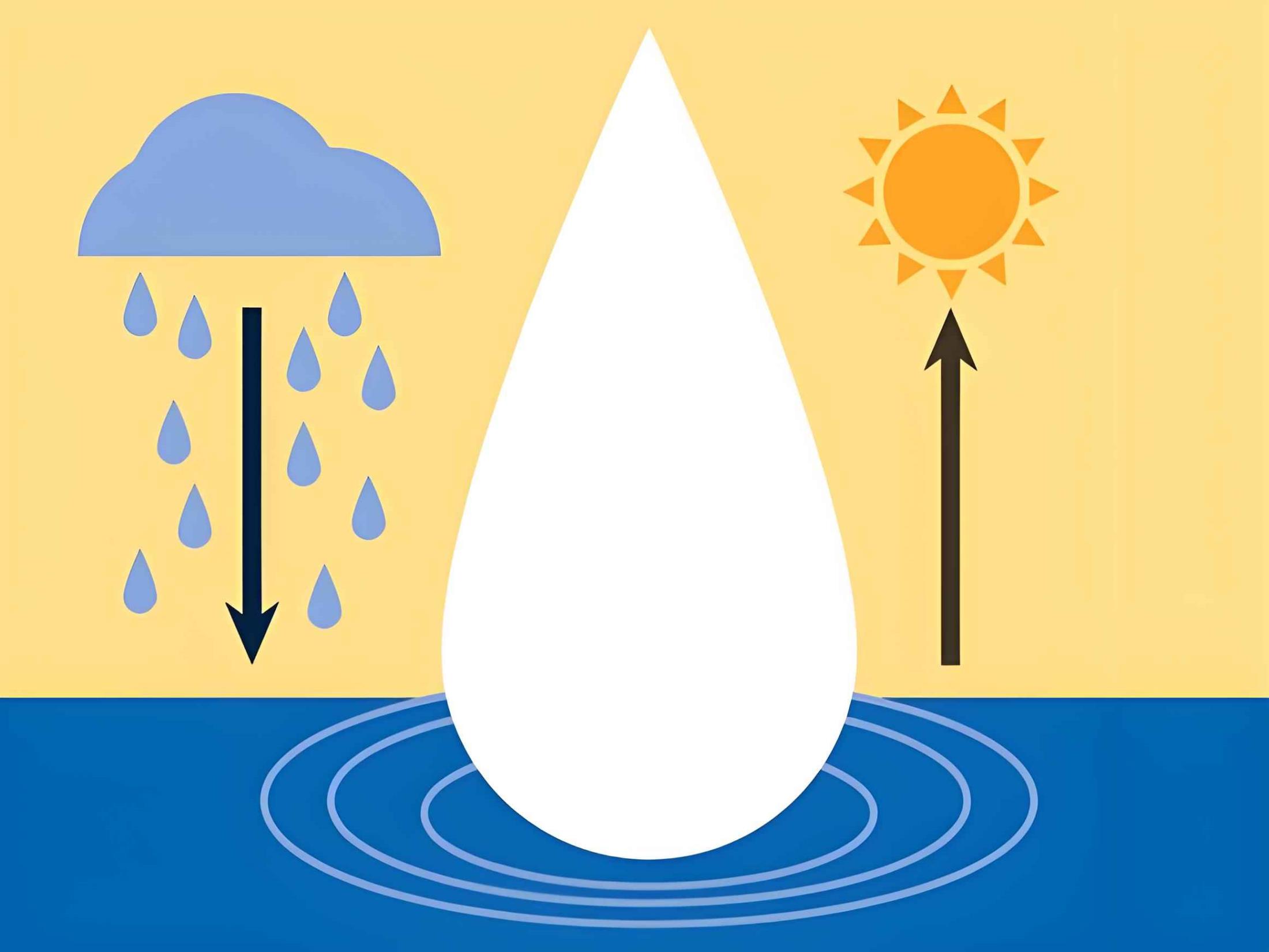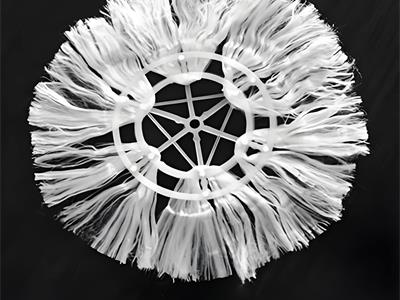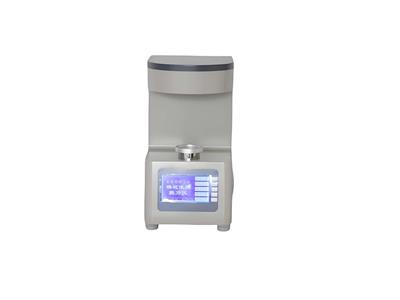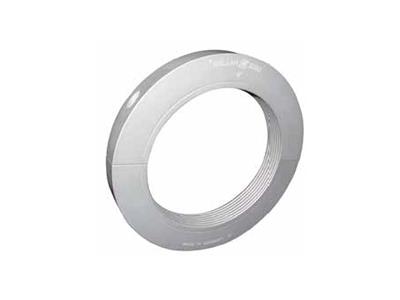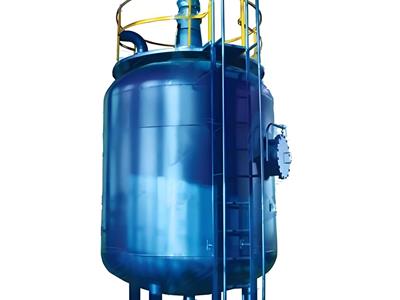- 2025-07-22
Water reuse and recycling
Faced with global freshwater shortages, recycled water (treated municipal/industrial wastewater) has become a key alternative water source for irrigation, industrial cooling and groundwater recharge. Grey water (bathroom and washing machine wastewater) has a recycling rate of more than 70% due to its low pollution characteristics.
Core challenges of technology implementation
Public acceptance bottleneck
60% of the public have psychological barriers to recycled water
Need to strengthen popular science education on water treatment technology
Energy economic balance
Energy consumption of groundwater recharge is only 50% of inter-basin water transfer
The cost of desalination per ton of water is more than US$1, and recycled water treatment is only US$0.3-0.5
Three-stage deep treatment technology route
▶ Membrane bioreactor (MBR)
Integrated biodegradation and 0.1 micron membrane separation
Municipal sewage BOD/TSS removal rate>99% (influent 250mg/L)
Land occupation is 40% less than traditional processes
Tolerant to BOD fluctuations of industrial wastewater (up to 3000mg/L)
▶ Ultrafiltration (UF) fine treatment
0.01 micron hollow fiber membrane intercepts bacteria/viruses
Effluent turbidity <0.1 NTU
Backwash cycle extended to 60 minutes (3 times that of traditional sand filtration)
▶ Reverse osmosis (RO) system
As a post-MBR/UF process
Production water conductivity <50 μS/cm (in line with industrial pure water standards)
Pre-treatment guarantee of SDI<5 must be configured
Engineering application scenarios
Water quality level Applicable fields Typical cases
Primary treated water Construction dust reduction/fire water storage Concrete mixing station cooling
Secondary treated water Golf course/agricultural and forestry irrigation Arid area ecological restoration project
Third-level treated water Boiler feed water/electronic ultrapure water Thermal power plant circulating cooling system
Resource benefits
Municipal water reuse rate increased to 30% (saving 8 million tons of water/year)
Agricultural irrigation costs reduced by 50% (compared with groundwater extraction)
Industrial circulating water system scaling rate reduced by 45%
Nitrogen and phosphorus resource recovery to achieve fertilizer substitution (2.3 tons per 10,000 tons of water recovery)

